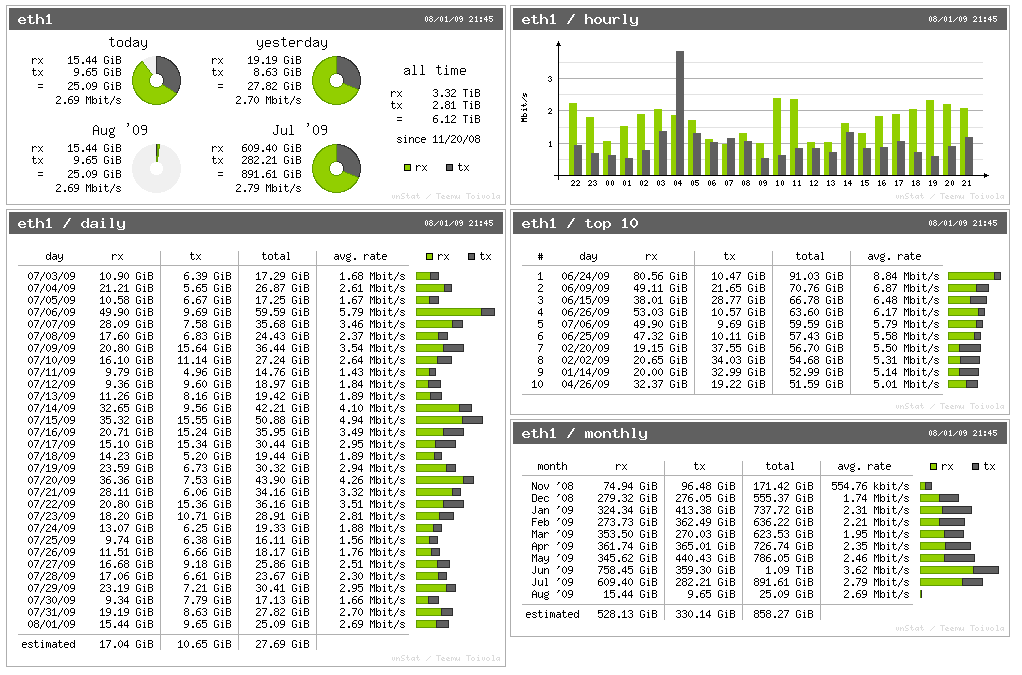
You can use this by specifying a space-delimited list of IP addresses, in CIDR notation, on a preprocessor portscan-ignorehosts line: The portscan preprocessor also comes with a function that allows you to specify source hosts that should be ignored. Preprocessor portscan: 10.0.0.0/8 5 60 /var/log/portscan.log For example, to alert whenever 5 ports are scanned within a 60-second period on the 10.0.0.0/8 network, you'd add this line: Finally, the parameter denotes the fully qualified pathname of the file to which you'd like portscans logged. The and parameters denote a number of ports scanned within a period in seconds, specifying a time-limited threshold. You must replace with the target network you'd like the preprocessor to watch for scans against, listed in CIDR notation. You can activate the portscan preprocessor by adding the following line to your Snort configuration file: Brian Caswell, in Snort Intrusion Detection 2.0, 2003 Configuring the portscan Preprocessor Typing netstat – abv will display all connections or listening applications on your host, along with the application files used to generate the connection or listening process. Windows XP and Windows Server 2003 both include a version of netstat that allows – b and – v options. Microsoft Windows netstat has changed recently.

The – a option displays all network connections and listening services on the host that is being used, and the – r option displays the routing table for the host that it’s running from. Basic netstat commands are netstat – a and netstat – r. Netstat allows you to view information related to established connections or applications that are waiting for network connections on a given host. Netstat is a tool that is included on many host systems, including most versions of Windows and UNIX. Use nbtstat with no command-line options to get syntax and options help. The nbtstat command allows you to associate machine and user names with an IP address. In Firewall Policies and VPN Configurations, 2006 Windows Specific Tools


 0 kommentar(er)
0 kommentar(er)
